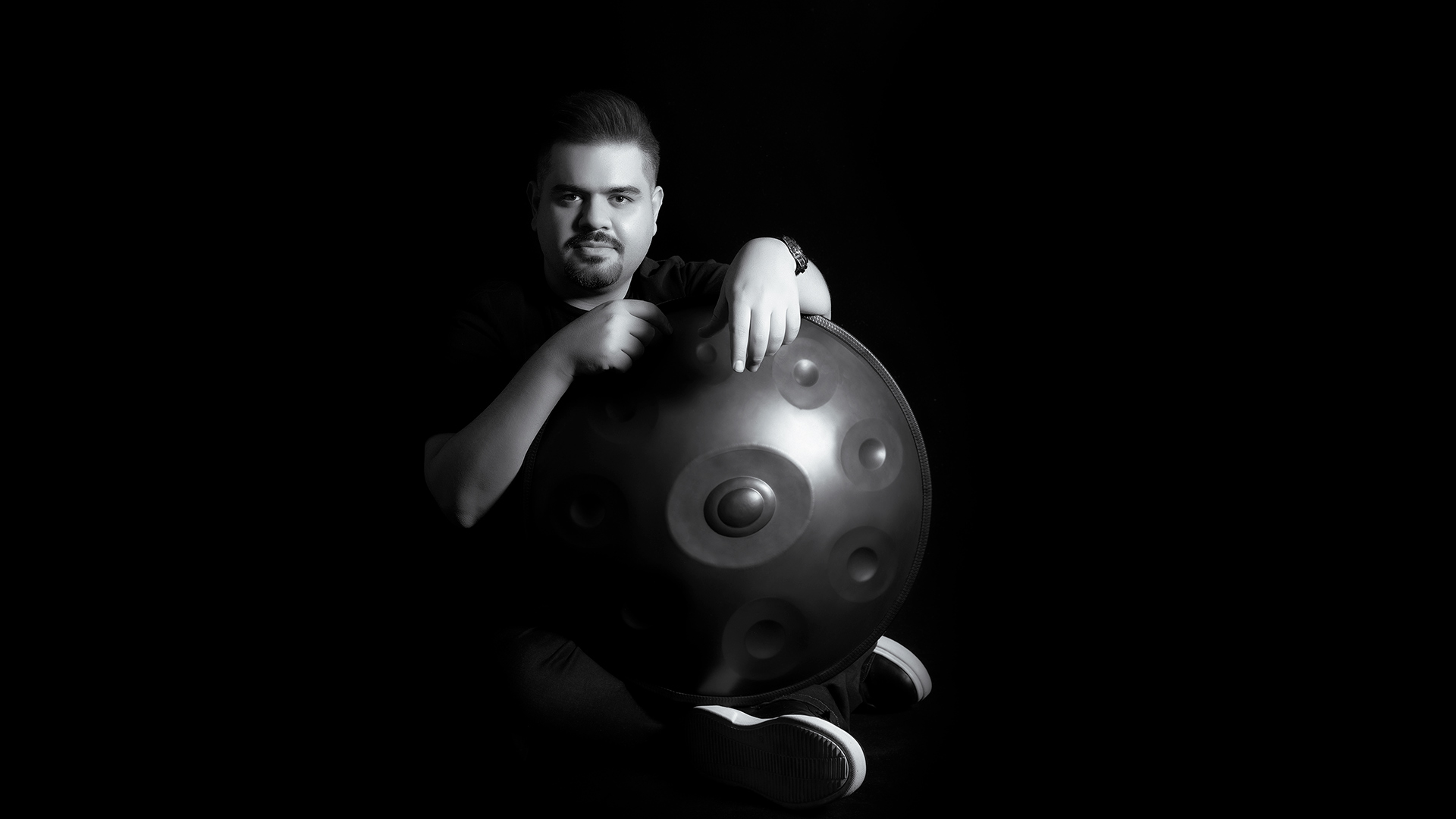
Handpan (history and teaching method)
The handpan or hang drum or pentam is a self-sounding percussion instrument (idiophone) that was first made in 2000 AD by Felix Rohner and Sabina Schärer in the city of Bern, Switzerland. It is said that this instrument was inspired by the steel pan, which was a metal instrument in Africa and South America.
Nowadays, handpan is made and produced from two materials: stainless steel and nitrided steel, and has many players around the world. The sound in this instrument is produced by the vibration of the metal body and is played with the fingers of both hands. For the style of playing and phrasing this instrument, the first generation of players were inspired by an ancient pot in southern India called ghatam and performed the techniques of this instrument on the handpan. Another factor in the formation of handpan is the attention to fractal geometry, which is a branch of mathematics and this has influenced the placement of the parts of the instrument.
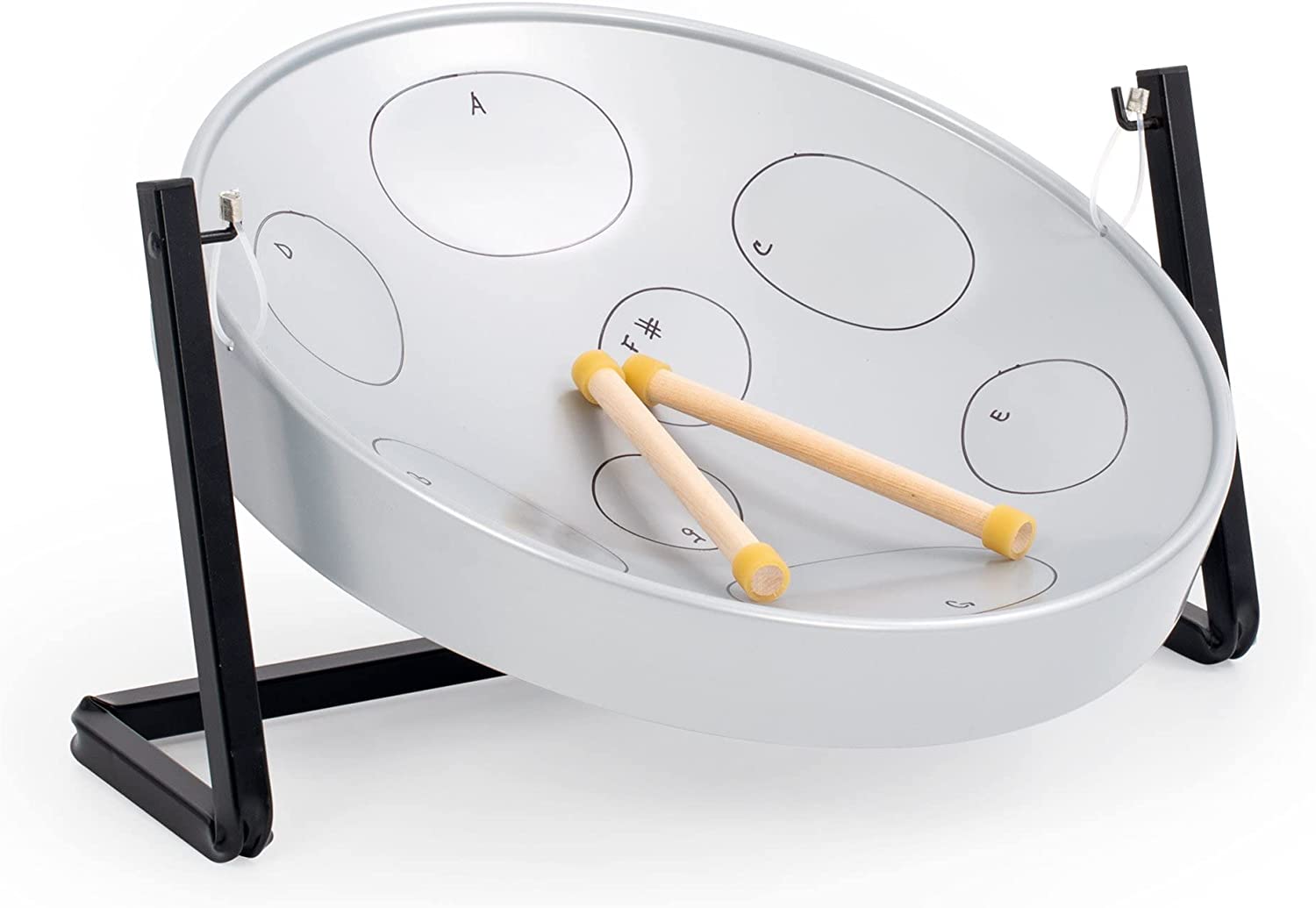
The structure of the handpan instrument:
In making handpan, two separate metal parts are used, which are called the curved upper plate (ding side) and the curved lower plate (gu side). There is a protrusion in the center of the upper arch that is called ding and is the lowest sound of the instrument or the tonic note of the related scale. There is also a hole in the center of the lower arch body of the instrument that is the sound output of the instrument and is called (gu) which is playable. In the upper arch, oval-shaped parts are made around the ding, which are the sound range of the tones or notes of the instrument, which are called (tone fields).
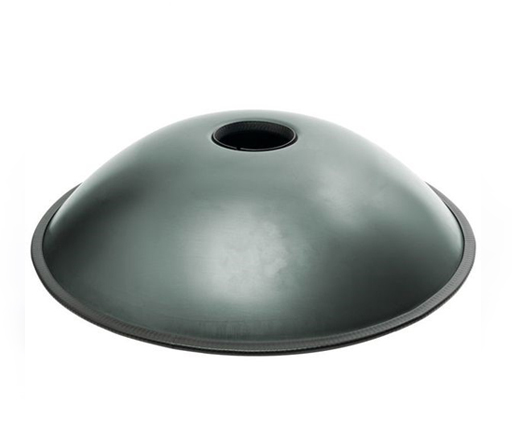
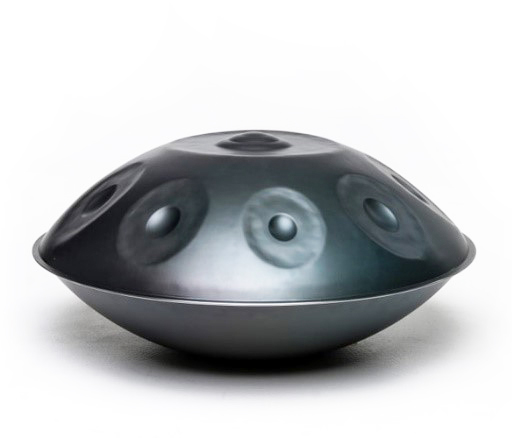
The common scales or modes in handpan:
The early examples of this instrument usually have one ding and eight tone fields around it, which are all located in the upper arch body, and this pattern is the most popular among handpan players and makers around the world as a standard instrument. But nowadays, instruments are made with multiple dings and extra notes, which are called (mutants) or mutated handpans, and may have up to eighteen notes in the lower and upper arches of the instrument. The most common scale in handpan is D minor or D Kurd, which the order of its notes is shown in the image. Also, in the table below, we have introduced the sequence of notes of some other common scales.


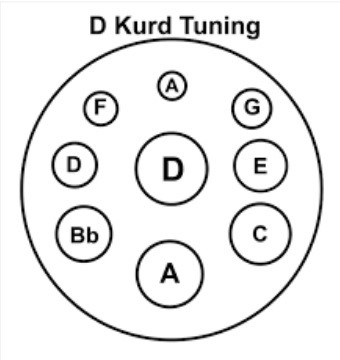
The list of handpan scales:
Amara/Celtic Minor (dorian)
Blues (blues scale)
Equinox (minor)
Minor (minor)
La Sirena (dorian)
Mixolydian (mixolydian)
Mystic (minor)
YshaSavita (major)
Hijaz
Romanian Hijaz
pıgmy (minor)
Aeolian (minor)
Pentatonic major (major)
Sabye (major)
Magic voyage (minor)
Handpan teaching method
Roozbeh Zarei is one of the first handpan players in Iran who has been playing and teaching this instrument since 2011. There are not many educational resources available for this instrument and the books that have been written, both Iranian and foreign, are also flawed. Therefore, for those interested in learning this magical instrument, educational booklets have been written using the latest methods in the world and the long experience of teaching and research activities, which we will briefly explain below.
The introductory course
Teaching the basics of music, scientific note reading, and the main movements of the instrument and finger exercises. Familiarity with the important chords and arpeggios in the related scale of the student’s instrument. Practical exercises to perform and recognize rhythmic patterns in simple meters. Learning the split-finger technique, teaching famous pieces and melodic examples for applying the techniques. Exercises for creating space in music therapy and meditation. Developing and expanding the melody for live performance.
Intermediate course
Teaching intermediate level techniques, familiarity with the science of harmony for playing together, piece playing, familiarity with mixed meters and traditional and modern rhythmic patterns. Using grace notes and simple and double rolls in pieces. Performing speed etudes. Creating space in modern music styles.
Advanced course
Teaching creative and advanced techniques. Familiarity with long meters, performing complex pieces by Roozbeh Zarei and great musicians of the world. Fast rolls The method of reading the ancient flood of South India. Exercises of making pieces with the student’s taste and teaching improvisation. If you wish, learning to play with mutant instruments or performing pieces for two or more handpan simultaneously.
